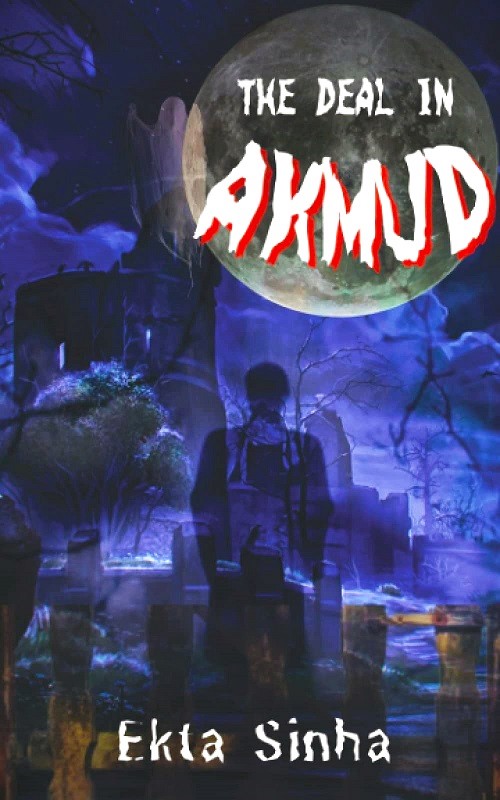
PLOT: 2.5/5 CHARACTERS: 2.5/5 CLIMAX: 2.5/5 WRITING STYLE: 2.5/5 ENTERTAINMENT QUOTIENT: 2.5/5
Based on a dream his son had seen a few years ago, this fictional work is double fictional and is based on a dream land with fantasy and otherworldly elements. It’s a story about the idea of evil, and it’s a kind of parasite that explains how evil grows.
It is shown that evil feeds on the good of the people, trying to exploit the inner light and move away from the path of good. The main theme is a light-dark, where good is placed against evil, light and darkness, respectively.
The cover of the book has not been carefully considered and has a place to work. It is pistachio and has elements that overlap with each other, which makes it difficult to understand exactly what it means. The blue and black color scheme also dominates the individual elements, making the cover stacked and reducing light.
The fictional world of the novel is largely mysterious and fantastic. The plot begins with a scene between a king named Afton and a merchant, who has just returned from a trip where he came across a place called Akmud. He tells the king about all the events and incidents that took place on the way to this place called Akmud, where he came to the village, met the locals and drank some wine.
After consuming the wine, he ended up waking up from a deep trance in a forest-like place to realize that all his money had been stolen. For experimentation, he gives a little wine to a brave and powerful lamb to fight a bear. This wine is associated with a magical potion with some mysterious characteristics. Marah and Tarah consume wine at the king’s court, becoming very strong and fighting against each other. This confuses the king about this town, its people, and its wine. He ordered the troops to visit Akmud and discover the secret behind his mysteries.
This is the main turning point of an argument that goes into a search motif. From here, things get trickier, and this is where the true meaning of life lies.
The writing style of The Deal in Akmud is gratifying, although the events and scenes can be conveyed in a more systematic way. Therefore, the style of writing is raised because the main concern of the author is to convey information rather than to create characters, scenes or atmosphere. This makes the narrative overflowing with new facts and events on every other page.
Although the short subtitles, before each new event begins, are helpful to guide the reader, they do not detract from the fact that the reader has a lot to gain. This reduces the coherence of the plot, which is very informative but does not include detailed descriptions of the scenes, what they make up and how they relate to the larger story.
This reduces the impact of events on the overall description and flow of the story. That doesn’t take away from the fact that there is a lot for the reader and that too at the same time.
It takes away the clarity and circularity of the story. It creates loose ends, although some seem very digressive, most of which are connected at some point, or the other. Here and there this movement makes it difficult to follow the story and creates a hard read.
The supremacy of what happens when a pact or agreement is made is lively and exciting, as long as readers can patiently traverse the character and information beforehand. The story, however, has a moralistic ending and is largely didactic.
The sword-shaped iconographic information placed at the edges of each page shows that some effort has been made in the design aspects. Deal of Akmud makes for a good read for fantasy fiction fans and youngsters alike. Overall, for me, it was pretty entertaining.
Want to read? Buy a copy of Akmud’s The Deal using the link below.






